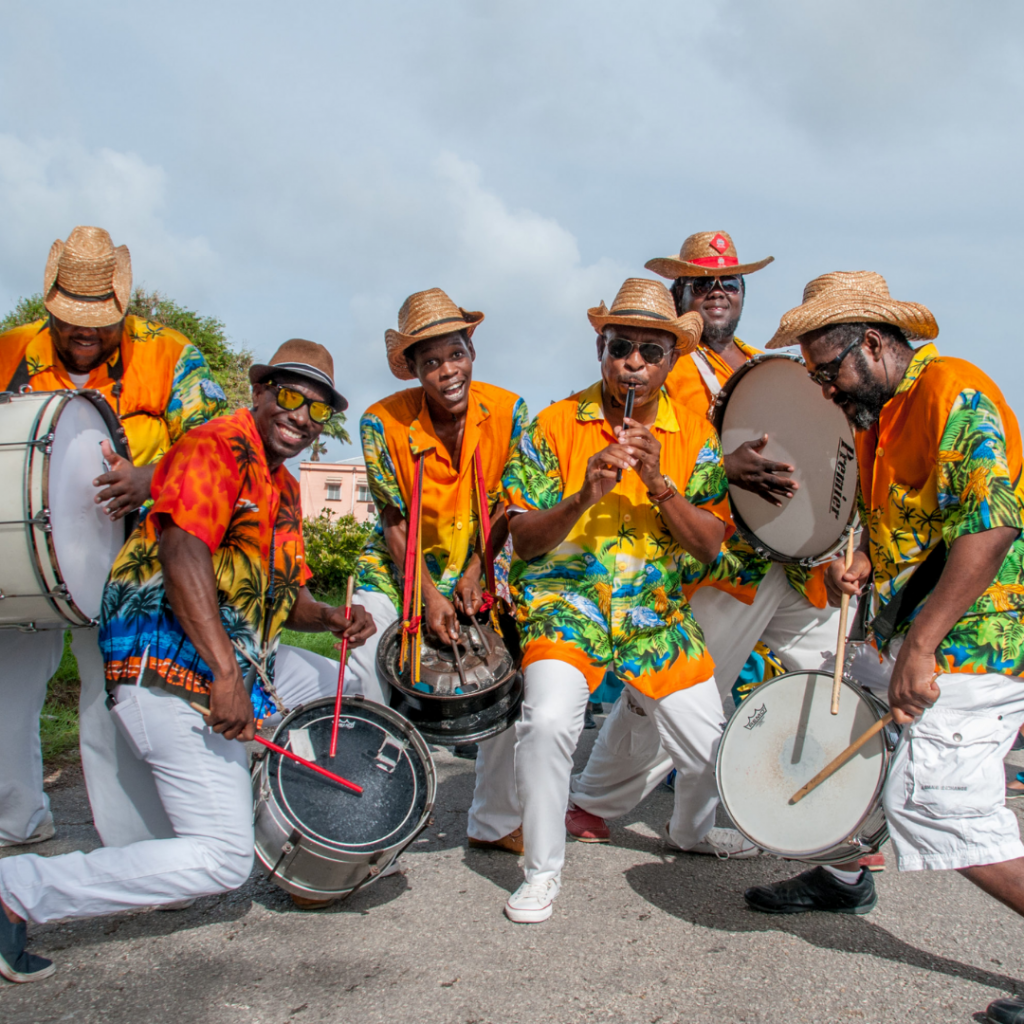There is no denying that light painting is a mind-blowing art that has started to gain popularity worldwide. The act of creating light art was popularised by a professional light painter called Tim Willits. He began creating light art in the early 1990s and had been doing it ever since. He’s been creating light art ever since, and he’s now considered an expert in the art form.
Light painting is a form of creative photography that involves painting with light. The painter controls the direction of the light by moving with the subject to create the desired effect.
It is the act of capturing an image made up of light. Typically, this is achieved by providing a light source and a camera. The light source can be anything that produces light, such as a white ball or a flashlight. It is also important to understand that the light leaves the light source at different speeds. This means that a light painting is no more a single picture but rather a series of pictures, each one being a small change in the initial lighting.
This is a technique that takes advantage of the way light affects oil-based paints and photographs. The resulting images are often crisp, bright, and completely devoid of any dark spots. It’s a fun, artistic way to add a splash of colour to your shots, and there is a multitude of ways to achieve it.
Light painting is not a new technique, with examples dating back to the late 19th century. It is an art form where a photographer captures artful images of light, shadow, and colour. It is many things, but most of all, it is the act of capturing a scene that appears to be in the middle of the night. The most common way of light painting is to capture a scene in front of a plain grey or black backdrop, although many different kinds of light paintings can be done.
The most common type of light painting is called light drawing, where a single light source is used, and the artist paints on the surface of it. The artist can create images with light or paint and uses a long-exposure camera to create the images. The entire process is then captured in one photo as a single shot of light.
The images can be created in a variety of ways, from stitching multiple exposures together to creating shadows from light from a single point source. The best part about light painting is that you can create something pretty with your camera, and you can do it anywhere.
Different methods of light painting include painting and projecting light onto a surface, shooting light through a stencilled subject, or creating imagery by using a lightbox.
Whether you’re a hobbyist or a professional photographer, you can’t deny the amazing effect light painting has on your images. Light painting can help you convey certain emotions and scenes, from the flickering patterns to the mesmerising colour gradients. This is why many photographers often choose to light paint their works.
Unlike traditional drawing, where you need to use a pencil, light painting allows you to use any light source. Turn your flashlight on or a room light or the natural light of the sun – any light source will do.
Light painting can be done by anyone, anywhere. It can be a hobby, a party trick, or just a unique way to capture a moment in time. Many people use light painting for art, to document their lives, or to celebrate nature. Each canvas is unique; every light painting is different.
This painting is a fun and simple art and photography technique that gives the illusion of a moving image. One simply uses a high-powered strobe light or lightbox and a camera to create an image with light painting.
For a lot of people, painting is a great way to help bring out the best in their artistic abilities. The key to great light painting is to have a basic understanding of the kind of technique you will be using and for you to have the appropriate light source.



